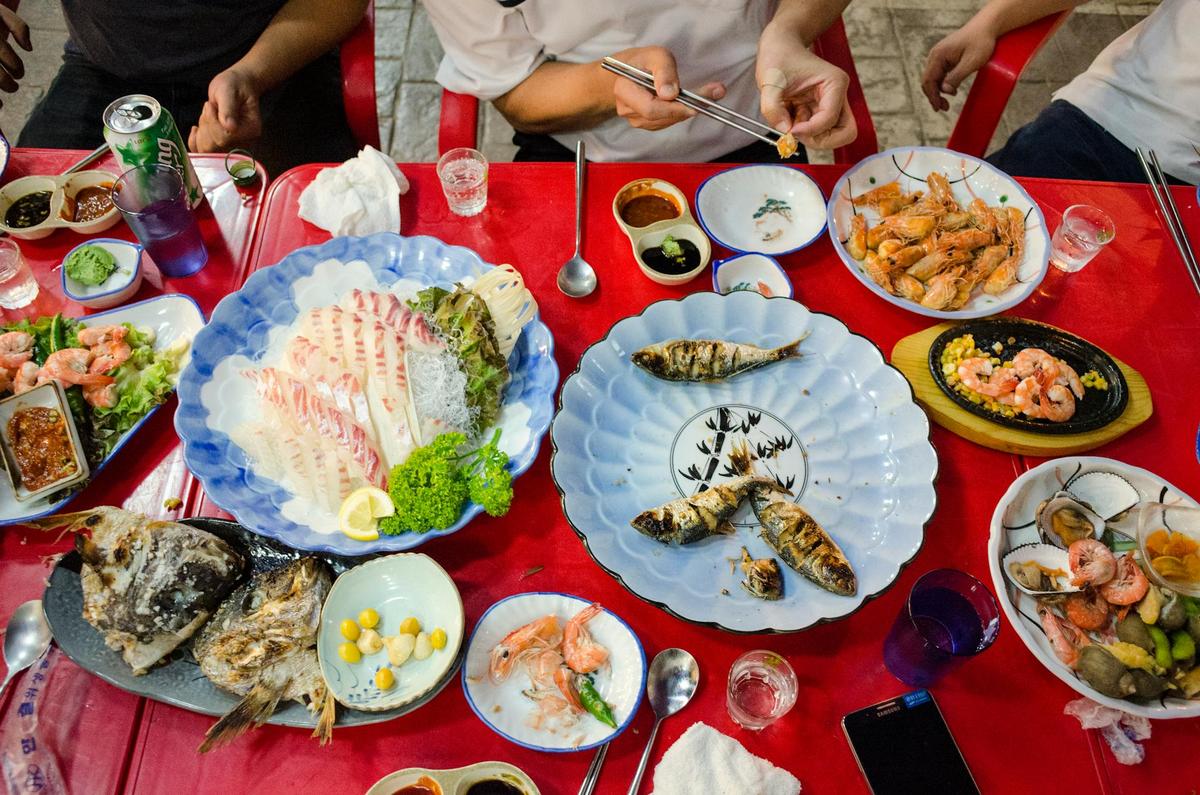
Exploring the Bold Flavors of Filipino Cuisine
Delving into the rich tapestry of Filipino cuisine reveals a world where bold flavors and diverse influences converge to create a culinary experience unlike any other.
The Rich Tapestry of Filipino Flavors
Filipino cuisine is a vibrant reflection of the country’s diverse cultural influences, from Chinese and Spanish to American and indigenous flavors. According to food historian Felice Prudente Sta. Maria, the Philippines’ culinary landscape is a result of centuries-old trade and colonial history, which has woven a rich tapestry of tastes and techniques into the everyday dining experience.
Key Ingredients in Filipino Dishes
Central to Filipino cooking are ingredients like garlic, vinegar, soy sauce, and coconut milk, each playing a vital role in crafting the distinct taste profiles that characterize the cuisine. The fusion of these elements creates dishes that are savory, tangy, and often sweet, offering a balance that is both complex and comforting.
| Ingredient | Usage |
|---|---|
| Garlic | Used in sautéing and flavoring |
| Vinegar | Key in adobo and paksiw dishes |
| Soy Sauce | Essential in marinades and sauces |
| Coconut Milk | Used in curries and desserts |
| Tamarind | For sour soups like sinigang |
| Bagoong (fermented shrimp paste) | Flavor enhancer in many dishes |
| Pandan Leaves | Used for aroma in rice and sweets |
| Banana Leaves | For wrapping and steaming foods |
Expert Insights on Filipino Cuisine
Chef Claude Tayag, a renowned Filipino chef, emphasizes the significance of balance in Filipino cooking. He notes, “The interplay of different flavor profiles—sweet, sour, salty, and umami—makes Filipino food stand out in the global culinary scene.” This balance is evident in dishes like adobo, where soy sauce and vinegar create a savory-sour harmony.
Exploring Filipino Culinary Traditions
Filipino cuisine is not just about the food but also the traditions surrounding its preparation and consumption. For instance, the communal dining experience, known as ‘boodle fight’, involves eating with hands from a shared spread of food laid out on banana leaves. This practice highlights the Filipinos’ strong sense of community and hospitality.
Tips for Cooking Filipino Dishes at Home
- Start with simple dishes like adobo or sinigang, which use readily available ingredients.
- Experiment with different vinegars—cane, coconut, or palm—to find your preferred flavor profile.
- Don’t shy away from using your hands when eating; it’s part of the authentic experience.
Pro Tip: To enhance the flavors of your adobo, marinate the meat overnight in soy sauce, garlic, and vinegar before cooking.
Frequently Asked Questions
What makes Filipino cuisine unique?
Filipino cuisine is unique due to its blend of indigenous, Asian, and Western influences, creating a diverse and flavorful culinary tradition.
What are some staple Filipino dishes to try?
Staple dishes include adobo, sinigang, lechon, and pancit, each offering a taste of the nation’s diverse flavors.
Is Filipino cuisine spicy?
Filipino cuisine is generally not as spicy as other Southeast Asian cuisines, though some dishes may incorporate mild heat for depth of flavor.
Conclusion: Embrace the Bold Flavors
The journey through Filipino cuisine is one of discovery and delight, where bold flavors and rich traditions invite you to explore and savor. Whether you’re trying a classic adobo or venturing into lesser-known regional specialties, the diverse flavors of the Philippines offer something for every palate. Embrace the opportunity to try Filipino cooking at home and experience the warmth and vibrancy of this remarkable culinary tradition.